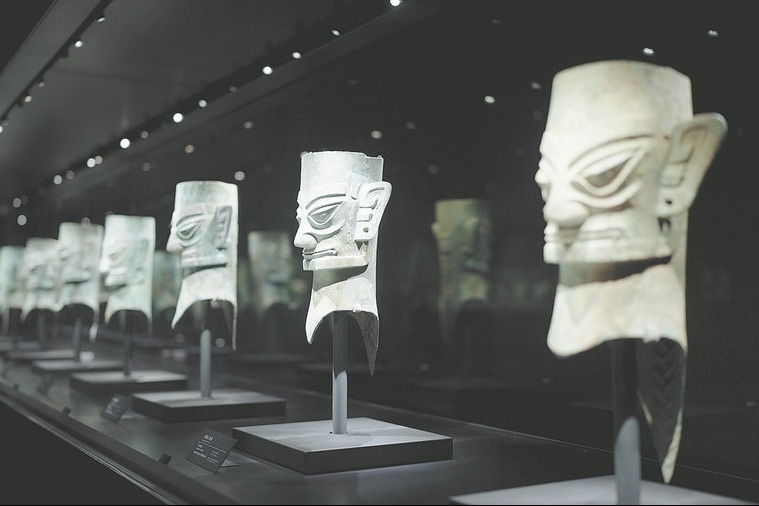Hospital linked to Japanese army unit
By Zhou Huiying and Tian Xuefei in Harbin | China Daily | Updated: 2023-08-08 09:13
New evidence linking the establishment and operation of a Japanese military hospital with the notorious Japanese Army Unit 731 was released on Saturday.
The document was released by the Museum of Evidence of War Crimes by Japanese Army Unit 731 on Saturday in Mudanjiang, Heilongjiang province, during events to mark the 78th anniversary of the War of Resistance Against Japanese Aggression (1931-45).
Japanese Army Unit 731 committed crimes and atrocities by conducting human experiments as well as chemical and germ warfare research in Harbin, capital of the province, during the war.
A 36-page document titled the "Original File of the First Army Hospital of the Japanese Army in Harbin", detailed information from the establishment of the hospital on July 16, 1941, to Oct 11, 1945, said Jin Shicheng, a researcher from the museum.
A total of 17 files containing registration forms, names and addresses of hospital personnel are contained in the document, with some details the same as members of the Unit 731.
The hospital was located in Nangang district in Harbin, with a branch in Pingfang district.
It had 10 departments, including internal medicine, infections, surgery, equipment and education with 404 medical staff. It could hold about 7,200 patients.
The main body of the hospital was a two-story building with more than 100 functional rooms, including operating rooms, pathology labs, and X-ray facilities.
"The hospital was the largest army hospital established by the Japanese army in Northeast China during the period," said Jin. "It had, what was at the time, advanced medical instruments and operating rooms. It assumed the function of treating and transporting wounded Japanese soldiers."
The original file is of great significance to comprehensively understand the activities undertaken at the hospital and its participation in studies on vivisection, the museum said.
"According to the document, there is proof that the hospital and Unit 731 were established at the same time and place and the construction of their barracks was approved and implemented by Japan's Army Ministry," said Jin.
"The personnel of the two units had the same business contacts and mutual part-time jobs and were withdrawn to Japan through the same route after the war.
"It (the document) shows that the hospital was an extension of the medical crimes of Unit 731, which was closely related to the Japanese germ warfare plan," Jin said.
Unit 731 was a top-secret biological and chemical warfare research center established in Harbin in 1935 and served as the hub of Japanese biological warfare efforts in China and Southeast Asia during the war.
The unit conducted experiments on living people to test germ and chemical weapons.
At least 3,000 people were used in human experiments by Unit 731, and more than 300,000 people across China were killed by Japan's biological weapons.
"Related research found that the experiments and germ warfare carried out by Unit 731 were coordinated by their medical institutions, which once again proves that the Japanese aggression was a top-down, organized and planned crime carried out through Japanese militarism," said Jin Chengmin, curator of the museum.
The events on Saturday also included an exhibition on the Japanese army's germ warfare, an academic conference on Japan's germ and gas warfare and the annual meeting of the Harbin Research Institute on the History of Germ Warfare and Gas Warfare of Japanese Invaders.
























